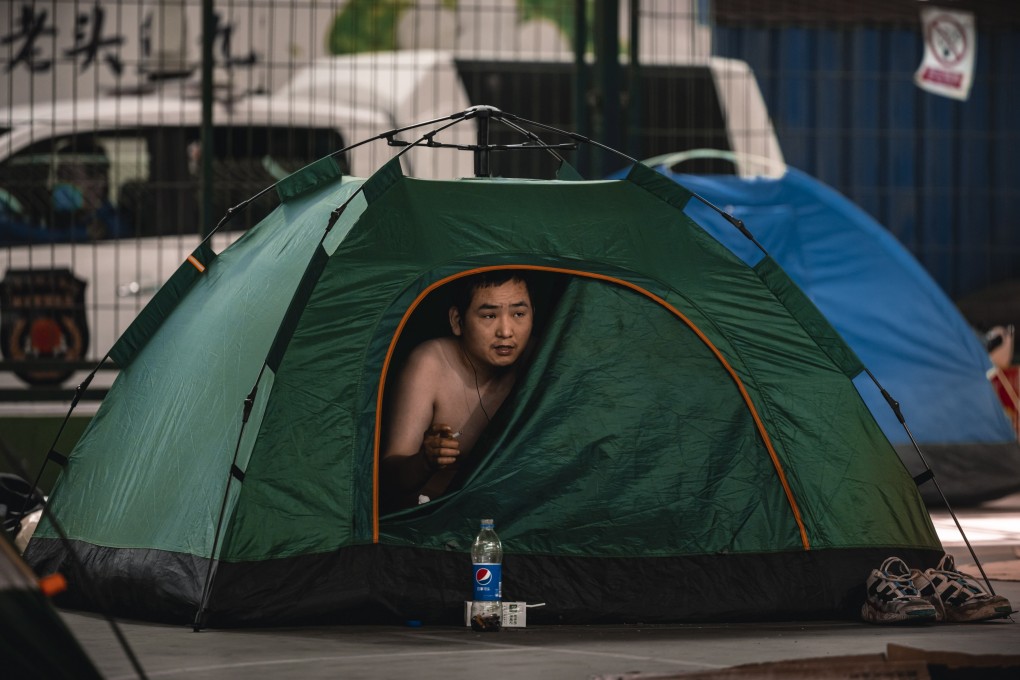Coronavirus: Shanghai keeps millions under lockdown, even as community infections remain at zero amid daily swings in new Covid-19 cases
- New infections fell for the third consecutive day, dropping 14 per cent to 480 cases in the previous 24 hours, according to data released on Tuesday
- Cases showing symptoms rose 5.5 per cent to 58, while one patient died

Shanghai’s quarantine enforcers are doubling down on their lockdown of one of China’s largest population centres, keeping millions of residents homebound within their compounds even as community infections stayed at zero for the fourth day amid daily swings in new cases.
New infections fell for the third consecutive day, dropping 14 per cent to 480 cases in the previous 24 hours, according to data released on Tuesday. Cases showing symptoms rose 5.5 per cent to 58, while one patient died.
“We must be on alert, since we are still treading on thin ice” in our fight against the virus, the Communist Party’s Shanghai committee said after a meeting of the city’s top cadres on Monday. “Shanghai is determined to claim a victory over Covid-19 with stepped up efforts to contain the outbreak.”
Shanghai’s authorities have set June 1 as the date for officially lifting the city’s two-month long lockdown, aiming to restore China’s commercial and financial hub to normality by the end of this month. The sustained lockdown has strained supply chains to the point of breaking, disrupting production at 180 global manufacturers ranging from Apple to Volkswagen, and driven many small businesses to the brink of collapse.

Local authorities have gradually relaxed some of the controls, allowing a few thousands of the largest manufacturers such as Tesla and Semiconductor Manufacturing International Corp (SMIC) to resume production under closed loops, where workers sleep on site to avoid contact with outsiders. Some public transport has resumed after local authorities added personal identification and Covid-19 test data to transit passes to enable passengers to board faster.
On Sunday, a total of 273 bus routes and four of Shanghai’s 19 subway lines reopened, as the government allowed more manufacturers and service providers to restart operations under the closed-loop system.